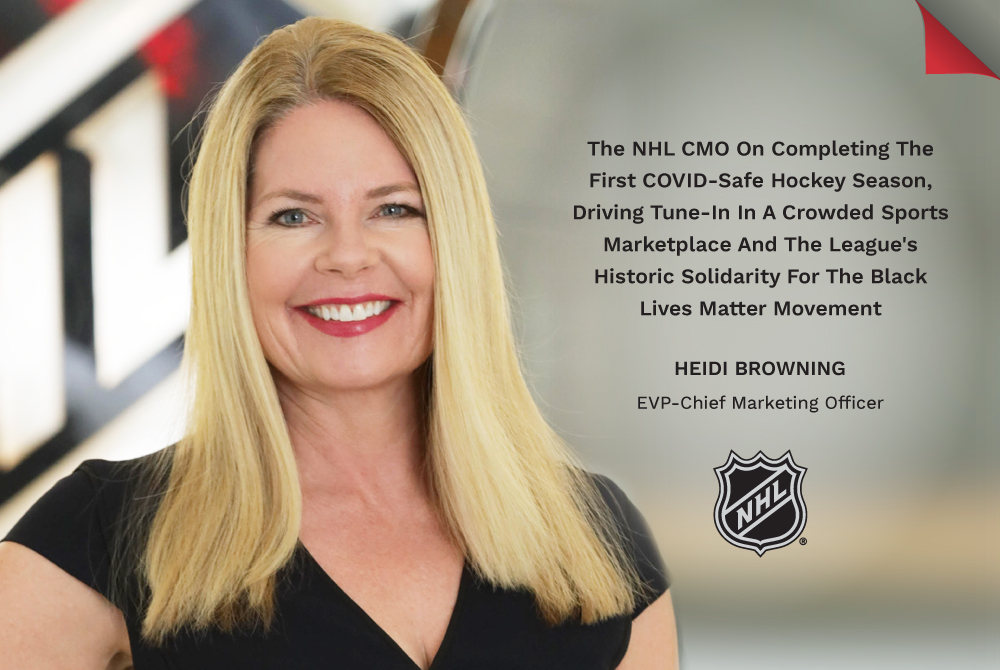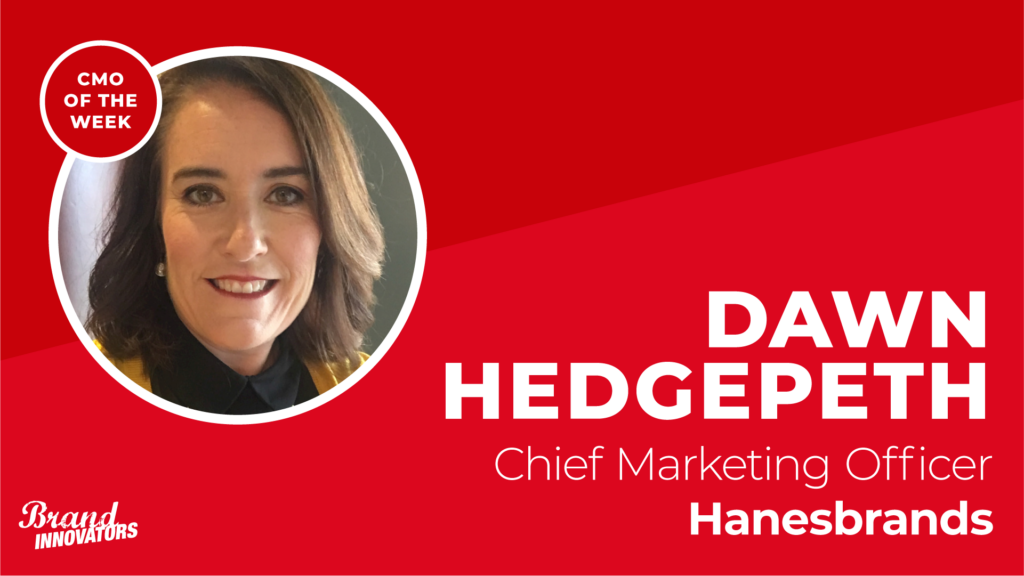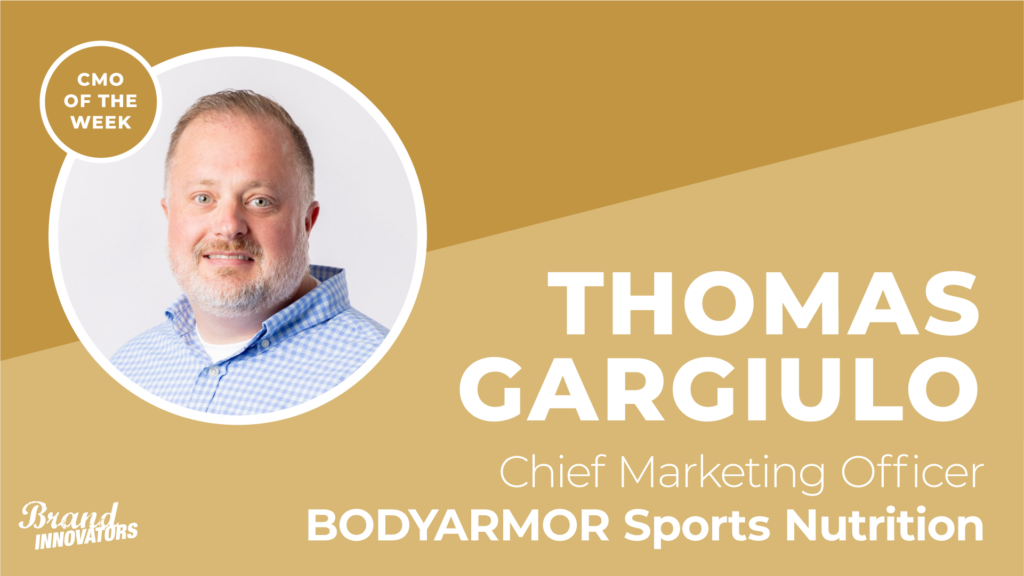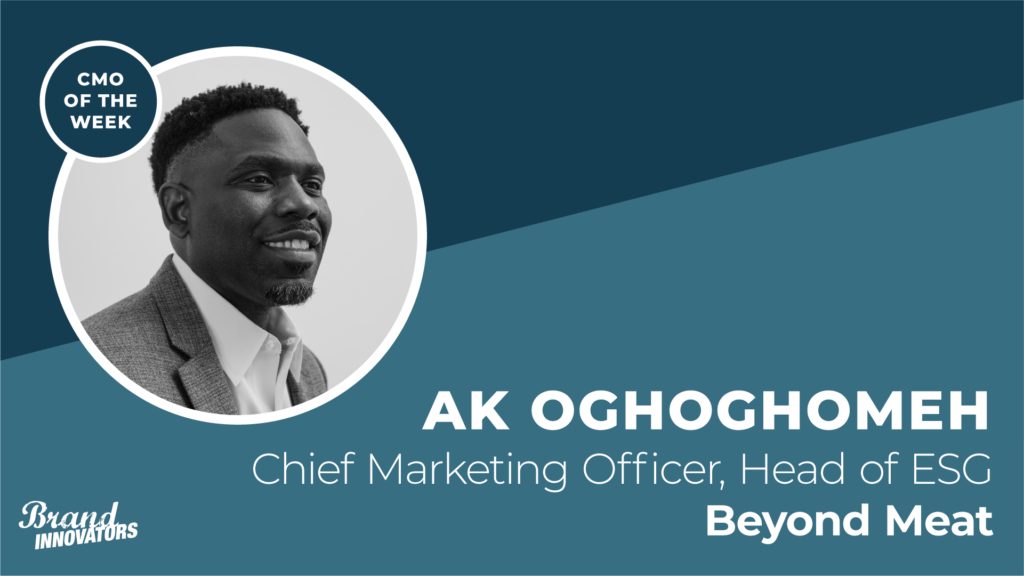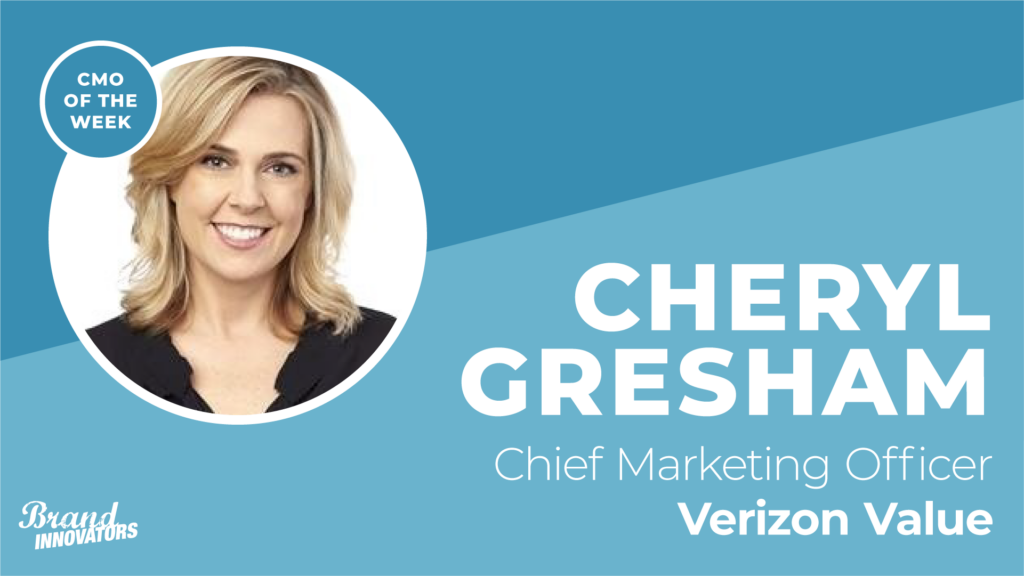Before pausing its 2019-2020 season on March 12 due to COVID-19, The National Hockey League was just weeks away from completing on April 4 and entering the Stanley Cup playoffs on April 6 when COVID-19 prompted them to pause all gameplay.
By the time the league was able to return to gameplay in mid-summer, by hosting players in a pioneering bicoastal city-within-a-city “bubble” model in Edmonton and Toronto, NHL games were suddenly airing amid some unusual headwinds.
“We returned to play when many sports started to come back online, so competition for attention was stronger than ever,” says Heidi Browning, EVP-Chief Marketing Officer for the NHL. “Not to mention competition for people’s times. Generally in the summer, people are outdoors playing in the sun and water. So we knew tune-in would continue to be important for us and that we’d have to punch above our weight class.”
Initial results for the late summer timing paid off. Ratings for the 2020 Stanley Cup qualifying rounds across NBC Sports platforms in early August delivered a 39% increase over the 2019-20 regular season, with an average total audience delivery of 553,000 viewers, according to data from Nielsen and Adobe Analytics. However, increased competition among other sports caused ratings for the Stanley Cup Playoffs to soften by the time the Tampa Bay Lightning beat the Dallas Stars on September 28 — averaging 953,000 viewers across NBC Sports platforms, or 38% less audience than the 2019 playoff season, according to an analysis from Sports Media Watch.
The NHL also had to transform the viewer experience to make each broadcast exciting with no fans in the building. While other pro sports leagues experimented with everything from cutouts in the stands to fans cheering via Zoom, Browning said the NHL decided on a combination of pre-recorded fan cheers to pump up players and augment the broadcast, and video appearances of fans, healthcare workers and social justice heroes via large concert-quality screens to showcase the many stories of the hockey community throughout each game. “It was important for us to maintain a way of connecting, and I’m sure we’ll continue to evolve and optimize if we have to have another season with fans not in the building,” she says.
Prior to joining the NHL in 2016, Browning had limited exposure to hockey. A native of Montana, she grew up without a hometown hockey team (“I think the closest to us would have been Calgary,” she says), and her previous roles at Pandora (where she spent five years as SVP-Strategic Solutions) and Universal McCann (where she oversaw the agency group’s Microsoft business as EVP-Global Digital Officer) didn’t suggest a natural path to the sport. But that’s exactly what NHL Commissioner Gary Bettman was looking for when he met with Browning. “He said, ‘You don’t have to be a huge hockey fan, we have a whole company filled of hockey fans.’ And sometimes you can’t see what you can’t see. So having this external, casual fan experience has helped me to be relatable to all kinds of fans.”
Brand Innovators caught up with Browning from her home in San Francisco to learn more about building the league’s hub cities to create a groundbreaking model for safe gameplay, how the pandemic prompted hockey players to finally embrace social media and the outpouring of solidarity for the Black Lives Matter movement. The conversation has been edited for length and clarity.
Brand Innovators: You just celebrated your fourth anniversary with the NHL as EVP-Chief Marketing Officer. What appealed to you about the opportunity was hockey a big part of your media diet prior to joining?
Heidi Browning: It was a very small percentage of my media diet. I was the most casual of casual fans, meaning I would tune into the Stanley Cup because it was the Stanley Cup. I didn’t grow up with a professional team near me. But I was so excited to join the league because it was our 100 year anniversary as a brand, and the opportunity to come in with a fresh perspective and a different set of experiences to help us shape the brand for the next 100 years, to me that was it right there. And it’s been fantastic ever since.
Is the conversion rate of bringing more casual fans to the NHL something you’ve been able to measure or track over the past four years?
We’ve done so much work around this whole notion around how we understand the perceptions, barriers and opportunities are with these casual fans to bring them on. We’ve done focus groups, we’ve got a youth advisory board who continually give us feedback and we’ve incorporated our insights from those focus groups and youth advisory board into everything we do from content creation, to shaping social media, to who we’re targeting and growing to the tone that we have in our advertising. Every aspect of that has been geared toward expanding our base but also making sure we’re relevant to younger fans.
The NHL was the first major sports league to develop and execute a COVID-safe plan for resuming gameplay. From a marketing standpoint, walk me through how you messaged those different phases from lockdown to reopening.
So if you back all the way up to 6.5 months ago when we first took a pause, and all sports around the world took a pause, we quickly re-evaluated our whole communication strategy. We realized that our social and digital channels were the one point of connection and communication that we had with our fans, since we no longer had games on television or in arenas. So the first phase really focused on healthy and safety messaging, raising donations for frontline healthcare workers and communities in need.
And it was really exciting. We saw our entire hockey community, including our players, get involved in this messaging. We had over 619 players post messages during this period of time, which is unusual because hockey players are not very active on social media. They don’t have as much penetration as other leagues nor the frequency of posting that other athletes do. So to have this moment in time where the players felt compelled to leverage their personal platforms to message to their fans about the importance of washing their hands, wearing a mask, was really important.
And then that broadened into what we know from all our focus groups, which is people just want to know about our players’ lives. They’ve been historically quiet off the ice. So this was a moment where our players were having fun and living their lives out loud. We got a sneak peek into their wives and their kids and their pets, watching what they were cooking for dinner or how they were homeschooling their kids just like everyone else. It was really just a rare treat for everyone to be able to see inside the lives of these otherwise very private and humble players. We saw 5x the engagement of other athletes during this period of time. I think because they were finally coming out and just giving the fans what they’d been craving for so long.
Was that something the players embraced on their own, or something that you encouraged as a league?
It was both. We’d been encouraging players to participate more in social media for years. We know that fans follow players first, then clubs, then leagues, so really educating the players on how important of a role they play in that one-to-one connection with fans, and how important it plays in fans’ lives and their fandom. In fact, some sports fans will tell us they’ll follow athletes of sports they don’t even watch because they think the athletes are interesting. So for us, our athletes are a key to that growth.
And we also have been educating them on the power of social media to leverage their own personal platforms. They’ve got brands they’re trying to build, they’ve got charities they represent and are trying to raise funds for, some of them have their own brands and merchandise that they sell, so the opportunity of social to sell merchandise to drive their value is a big part of this. So after years of working with players and coaches and GMs it was really great to see players take a moment to use this moment to educate on health & safety then have a little bit of fun.
How did you ultimately come up with your COVID-safe solution to resuming gameplay?
We did massive logistical reconnaissance. Our commissioner has always said, “The number one most important thing that we can do is ensure the health and safety of our players and our staff. We’re not going to risk that.” So they met with medical professionals from all over the world to get the best advice around health and safety protocols. We ultimately landed on this solution of creating these two bubbles in hub cities, where we would bring our platers there and have these strict health & safety protocols. We looked at a number of different cities across North America, and the number one indicator for us was the lowest incidents of COVID as well as access to plenty of testing. We wanted to go to a place where we could come and play our games and do the testing required without taking away the community aspect from our players.
Once we determined our two bubbles were Edmonton and Toronto, that’s when we galvanized to create these cities within cities of these hubs fully contained with restaurants and entertainment and recreation and gyms and everything that you would need to keep people inspired, entertained and healthy during our playoff season, which was close to 70 days. We also had a lot of fun thinking about whether we paused the season before the end of the regular season, so what was the fair and balanced way to bring a return to play.
We created a new format just for this which was a 24-team play-in format. It was like March Madness for hockey, playing four to five games a day across the two hubs. It was best of five, and it was some of the best hockey you’ve seen. People had been all locked up in their socially distanced worlds, and now they finally got to the hubs and had a chance to play for the Cup. Those were some exciting games that provided tons of content for us on our channels and tons of good opportunities for our fans to participate from their couches instead of the arenas.
In the end, we delivered 130 post-season games in those two hubs. We had over 34,000 COVID tests in 70 days in the bubble. We hosted the cup in Tampa Bay [on September 28] so that was incredible and it was a relief to actually make it to the game without a single positive case to be reported.
The unusual circumstances of 2020 led to the first time that the Stanley Cup Playoffs have taken place at the same time as the start of the NFL and college football season. How did that impact your marketing and tune-in campaigns?
We were really cognizant of the fact that we had to punch above our weight class like no other time before. We significantly increased both our organic and paid media tune in messaging. We had a daily wraparound with tune in messaging. We had so many different teams playing in that early format, so we continued to double down on that kind of messaging. We also invested for a third year in a row in measuring how that messaging exposure correlates to driving actual tune-in, using SambaTV. This will be our third year messaging on Twitter, and first on Facebook. We’re excited to see how that plays in these unusual circumstances as the results come back next month.
NHL players have been more outspoken than ever before in their solidarity with the Black Lives Matter movement. What are some actions the NHL has taken at both a corporate level and in terms of marketing campaigns to show their support for BLM and empower Black communities?
Our role in sport is always bigger than what happens on the ice. We saw an incredible number of players stand up and voice their support of ending systemic racism, pledging to listen and learn. We had over 190 current and former NHLers make statements across their personal platforms. And again, that was something we’ve never seen before in the NHL, so it was really great that they supported their players, their colleagues and workmates and especially for the young fans to know that racism is not tolerated in our sport.
From the league level we’ve been investing in diversity and equity and inclusion for decades. But this moment brought into focus that we can do more, and we need to do more. And we need to accelerate all the plans that we have had in place and do it faster. We have our committees that we’ve created where we’ve got an executive inclusion committee, fan inclusion committee, player inclusion committee and a youth hockey inclusion committee. These are comprised of people both in the NHL and outside the NHL — broadcasters, coaches, agents, players — and the point for each of these committees is to set forth a strategy for us collectively as a hockey ecosystem, a strategy and KPIs by which we can measure ourselves. And try to together create change and a better place for all.
And then the other moment that we had as part of our objectives was we wanted to honor the healthcare heroes and social justice heroes. We created the campaign “We Skate For,” and on the back of every helmet we had “We Skate For Equality.” We created warm up hoodies for our players that had a customizable sleeve emblem so they could say, “I skate for local health care” or a social justice hero. And we highlighted these in-game through content and storytelling.
And we had a couple really historical moments for the league. [Minnesota Wild’s] Matt Dumba, on our opening night, gave a really passionate and powerful speech about ending racism, and how great our sport is and how we can be even better as a league. And we had a couple other teams like the Dallas Stars and the Vegas Golden Knights where a couple players take a knee. That’s never happened before in hockey history.
And when the sports leagues took a second pause in the middle of playoffs, our guys were in their bubbles and they were already playing that day. And when they went home at night and saw what was happening, they galvanized themselves across the two hubs and took a pause in solidarity with other athletes. And they used that time to listen and learn and understand that racism exists and renewed their commitments to what they could do personally to end racism. We had this really powerful image of our players of color standing up with a wall of our white players standing behind them in solidarity, which is really important for our Black and brown communities to know they have white allies supporting them. I don’t think the players got enough credit for how inspirational that moment was.
Now that you’ve successfully completed a full Stanley Cup season under these new protocols, do you have a sense of whether your 2021 season will resume under its usual timeframe in the spring?
That’s a question for our commissioner, but we have a lot of learnings that will be coupled with the best information we can access around health & safety protocols that will help us drive our strategy. As we take a look in the rearview mirror of all the things we’ve accomplished over the last six months, what some of our clubs have done with getting innovative to creating viewing parties, digital viewing, drive-ins, thinking about how we tapped into creators on TikTok to help us tell our hockey story in new ways. These are the kind of things we’ll incorporate no matter what happens.
Andrew Hampp is an entertainment marketing consultant for Brand Innovators and the founder of consultancy 1803 LLC, based in Berkeley, California.
